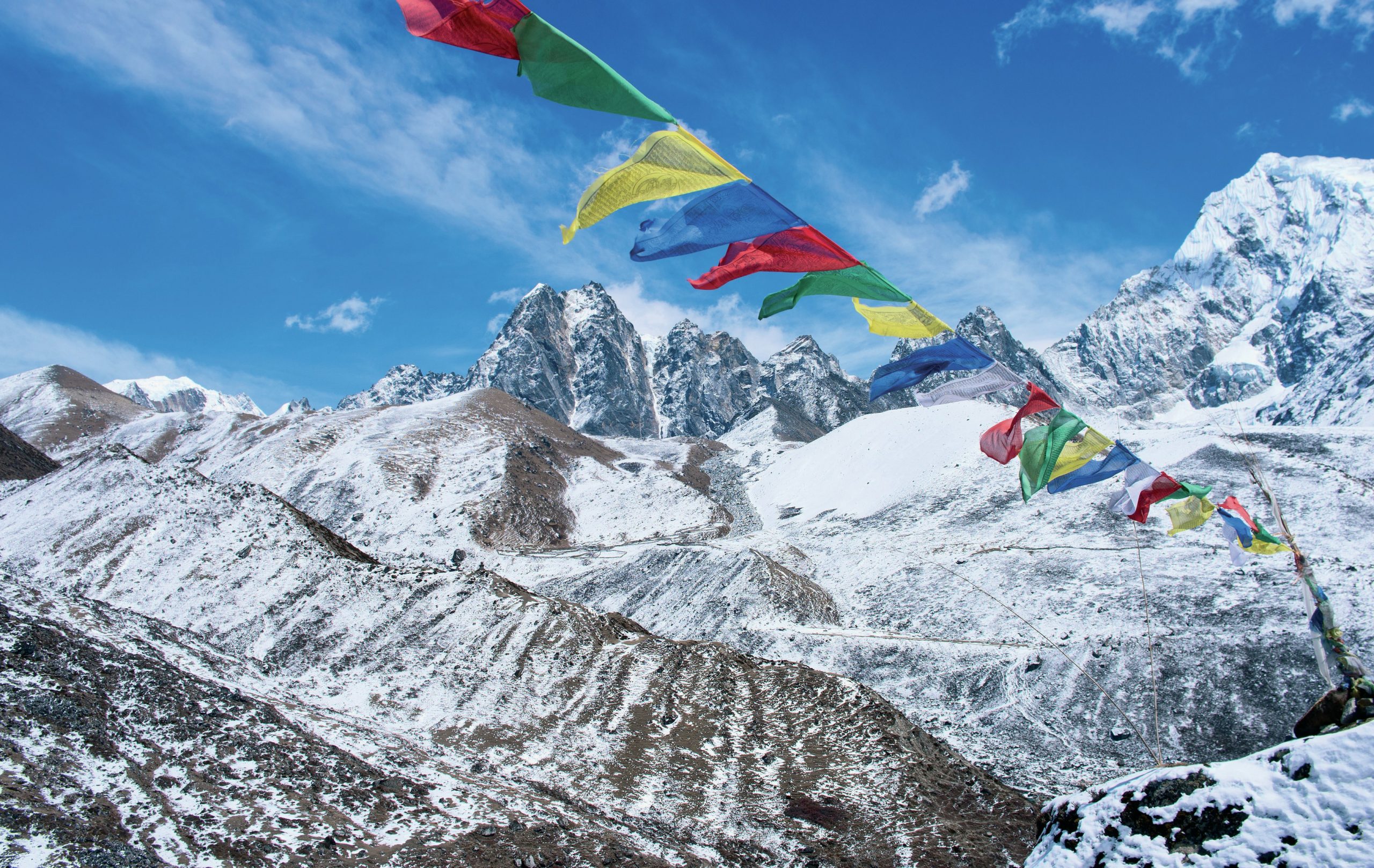
Download the free app BioInteractive EarthViewer (available from Apple and Google Play) and open it once installed. Swipe your finger over the globe to spin it and see which cities are named. Pinch it smaller or larger to suit your screen. Notice the main screen in the upper left features ‘Time’ and the proportion of oxygen and carbon dioxide in the atmosphere.
First, explore how the continents came to their present positions by animating their trajectories over the last half-billion (550 million) years. You can do this manually by dragging the silver time-marker down the ‘Period’ scale, or automate it by clicking the left-pointing arrowhead at the bottom. Reverse the process to see the continents occupy their present position by selecting the opposite arrow or dragging the time-marker up to the present.
Your organisation does not have access to this article.
Sign up today to give your students the edge they need to achieve their best grades with subject expertise
Subscribe




